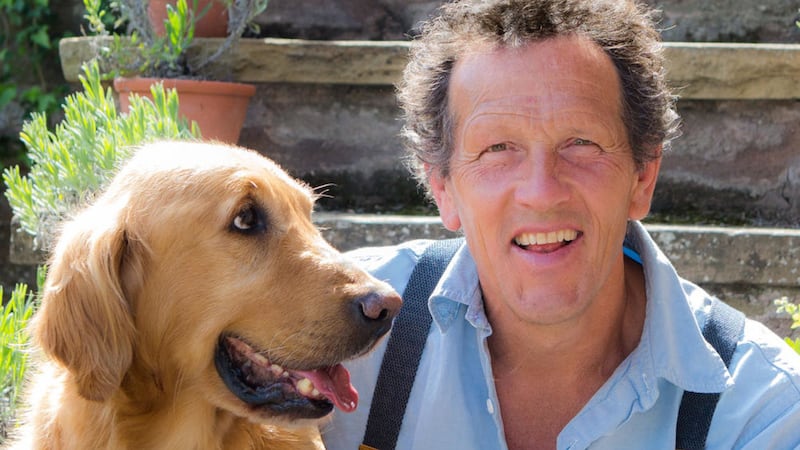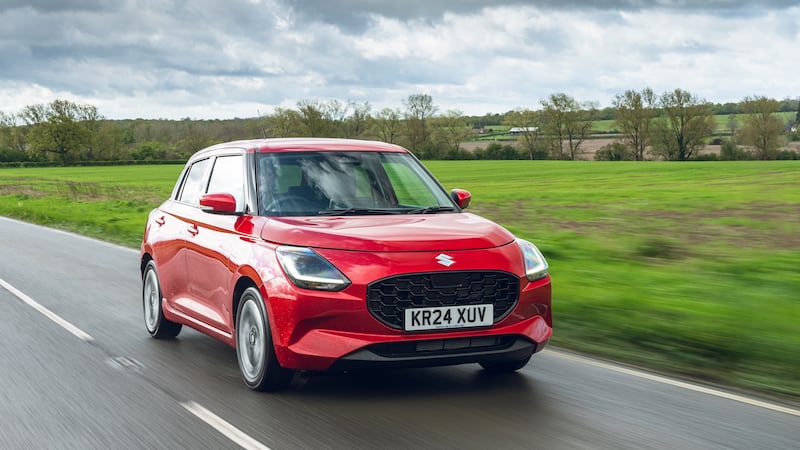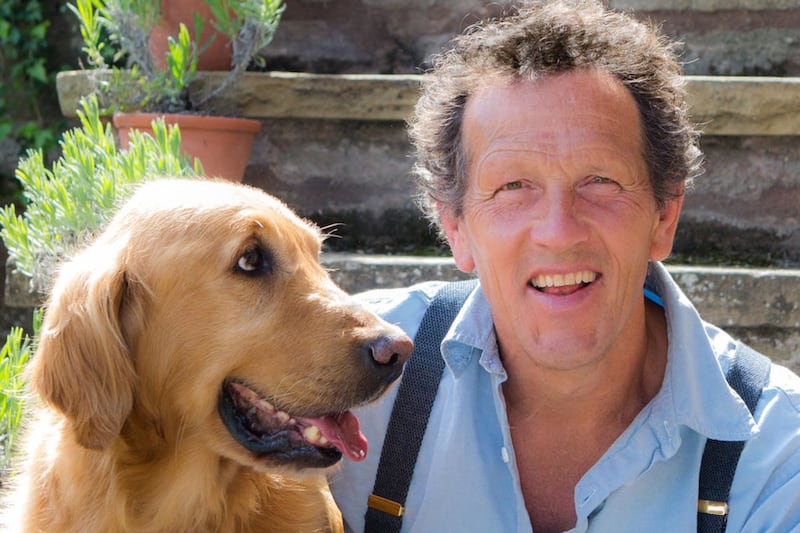GARDENERS’ World presenter Monty Don’s latest book is proving one of his most popular yet. However, unlike most of his 20-odd offerings to date, this book doesn’t focus much on gardens or gardening. Nigel: My Family And Other Dogs is about Monty’s life-long love of man’s best friend and in particular Nigel, his eight-year-old golden retriever.
Nigel, whose innate charisma and screen presence the slightly biased author likens to Bill Clinton, has proved hugely popular with viewers of the BBC 2 show. In 2012, when Nigel suffered a broken back and partial paralysis after falling awkwardly while jumping for one of his beloved tennis balls, he received "literally sackloads" of mail from concerned fans.
Thanks to ‘supervet’ Noel Fitzpatrick the dog was nursed back to full health and can be spotted every week performing cameos in the Longmeadow garden. In addition to Nigel enjoying a new lease of life, he also has a new appetite for playfulness thanks to the arrival of Nell, Monty’s new golden retriever pup. Pea theft notwithstanding, Nigel is a largely benign presence in the garden.
Another dog-loving gardener is Dublin-based Helen Dillon, who dedicates a chapter in her eponymous Garden Book to the joys and drawbacks of combining a love of canines and horticulture. Writing about her miniature wire-haired dachshunds Mr Reginald and Daisy, she says these sausage dogs have two advantages. The first is their size: "What you need is a male dog with very short legs. However valiantly he lifts his leg it always misses. Not a squirt but a sprinkle."
The second is their aversion to getting wet, which renders her famous borders "mostly no go areas".
I perhaps should’ve sought Helen Dillon’s advice in July ahead of acquiring Bella, an energetic springer spaniel, who unlike wire-haired dachshunds, likes nothing more than getting wet and digging where she shouldn’t.
"Enthusiastic, cat-chasing dogs with a sporting look in their eye, lolloping labradors and retrievers, and ditzy King Charles spaniels that rush in all directions without thinking – none of these breeds is garden friendly," is the advice in Helen Dillon’s Garden Book. I’m in good company, though, as it seems Monty didn’t heed her words either.
Arguably, the bottom line when it comes to dogs in the garden is whether they are well-behaved or not. It’s possible to select a dog that ticks certain boxes, including the box marked 'male' because its pee won’t leave yellow patches on the lawn, but whether the dog – or bitch – wreaks havoc or quickly attunes itself to the garden’s fine balance is essentially down to obedience.
That said, a spaniel puppy’s enthusiasm for getting wet and dirty is hard to curtail. I know I should but I can’t yet chasten six-month old Bella for flopping into a half-barrel water feature or scratching around eagerly in the stones at the pond’s edge.
Tips for keeping your dog compatible with your garden include covering or paving paths with brick, bark mulch or gravel, which as well as being cleaner and more robust, will help you create demarcation areas for the dog where it knows it is welcome. Low fences and boundaries on beds and borders will also help the dog know its limits, while barrier plants that are tall, fragrant or thorny will discourage trespassing.
If all else fails, the advice is grow everything in containers, though I imagine those who advocate this method have yet to meet a springer spaniel named Bella.



